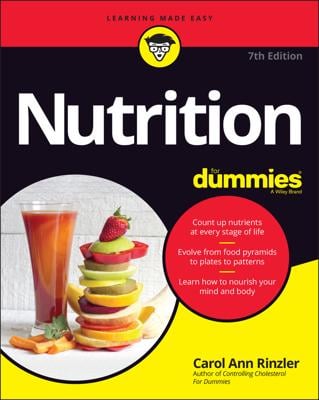Drying food preserves nutrients and protects it by removing the moisture that bacteria, yeasts, and molds need to live. Although drying destroys some nutrients like vitamin C, removing water concentrates what’s left, along with other nutrients, jamming more calories, dietary fiber, and/or air-resistant vitamins and minerals into a smaller space.
Many fruits contain an enzyme (polyphenoloxidase) that darkens the fruit flesh when the fruit is exposed to air. To prevent the fruits from darkening when dried, the fruits are treated with sulfur compounds known as sulfites. The sulfites — sulfur dioxide, sodium bisulfite, sodium metabisulfite — can cause potentially serious allergic reactions in sensitive individuals.
One good example is the plum versus the prune (a dried plum):
One fresh, medium-size plum, weighing 66 grams (a bit more than 2 ounces) without the pit, has 6 milligrams vitamin C, 7 to 8 percent of the Recommended Dietary Allowance for a healthy adult.
An equivalent amount of uncooked dried (low-moisture) prunes (66 grams) has only 1.3 milligrams vitamin C.
But wait! Before you leap to the conclusion that fresh is always more nutritious than dried, feed these facts into your memory banks: Dried fruit has less water than fresh fruit. That means its weight reflects more solid fruit.
As a result, dried food often has surprisingly more nutritional bounce to the ounce than fresh food. Once again, consider the plum and the prune:
A medium-size, pit-free plum weighing slightly more than 2 ounces provides 35 calories, 0.1 milligram iron, and 670 IU (67 RE) vitamin A.
Two ounces of uncooked, low-moisture prunes have about 193 calories, 2 milligrams iron, and 952 IU (72 RE) vitamin A. In other words, if you’re trying to lose weight, you need to be aware that although dried fruit is low in fat and rich in nutrients, it’s also high in calories.

